“No amount of anxiety makes any difference to anything that is going to happen.”
—Alan Watts
I have bipolar 1 disorder and generalized anxiety disorder (GAD): a one-two punch and a very common comorbidity. I find they don’t coexist peacefully, with one tending to exacerbate the other: each at certain times in my life vying for the number one spot as my greatest tormentor.
While anxiety has its evolutionary purpose to warn us of potential threats—like marauding dinosaurs—mine had run amok once it realized it could take the upper hand.
This incident happened years ago before my bipolar disorder was well controlled, or the GAD was even diagnosed, although I’d been experiencing stifling anxiety for as long as I could remember. I was extremely agitated and in a state of confusion at the time of this story. It was as though I’d just spent ten minutes trapped in the spin cycle of my washing machine—and had finally been set free—only to discover my ability to weather life’s challenges, and remain resilient in times of adversity, had been greatly diminished.
The following series of events may seem extreme, or even untrue, but that is the reality and power of anxiety.
In 2002, during a convalescence after a 2 ½ month hospital stay, my mother kindly invited me to visit her in Montreal so that I might reboot and get some life back into me. I lived in Calgary at the time, 3000 km away. I felt I was up to it, so I accepted her invitation, even though this was going to be my first big outing. I was slowly coming out of a severe mixed state and was still extremely fragile and on edge. I’d been cocooning in my condo for the whole four weeks following my discharge. I was trapped in my head and hardly venturing out, so I don’t know why I thought I could travel, especially considering all the hassle it entailed.
I had been battling the “smallness of fear” for a long time: a gradual narrowing of life that would leave me too afraid to perform ordinary everyday tasks…
As my departure date loomed, it became increasingly tempting to stay glued to my home. But I fought the urge because I didn’t want to set a precedent by practicing avoidance behaviour, which comes all too easily to those with severe anxiety. I had been battling the “smallness of fear” for a long time: a gradual narrowing of life that would leave me too afraid to perform ordinary everyday tasks—if I allowed the brutish anxiety to triumph—dodging all of life’s more nerve-racking situations one fear at a time, possibly inching toward agoraphobia and complete seclusion.
Once I arrived at the airport, I discovered I was exceedingly unsure of myself. I was so overwhelmed that every step seemed fraught with dread; even finding the public restrooms was an ordeal. Alone, with my troubles, in a sea of people—who all seemed excited and happy at the prospect of air travel, unlike me who would have preferred having a root canal.
My psychiatrist at the time had given me Ativan to take on the flight in case I developed a panic attack. I’ve only ever had one full-blown panic attack, and it was on a transatlantic flight from London. It was terrifying. At the time, I had an overwhelming desire to run down the aisle, open the plane door and jump out in an attempt to escape the advancing doom that was like menacing, thick, black smoke. I’ve flown many times since and have never had a panic attack again, but I always carried Ativan just in case. Thinking crazy thoughts, like jumping out of an airplane, was never a good idea.
I finally arrived at gate 39 for the flight taut as a spinnaker on a windy day. I kept checking that my boarding pass stated Montreal as its destination and that gate 39 was the correct gate. I was also constantly verifying I was standing where I should be. The gate number was clearly displayed in large numbers on a sign directly overhead, but I was distrustful in the face of reality.
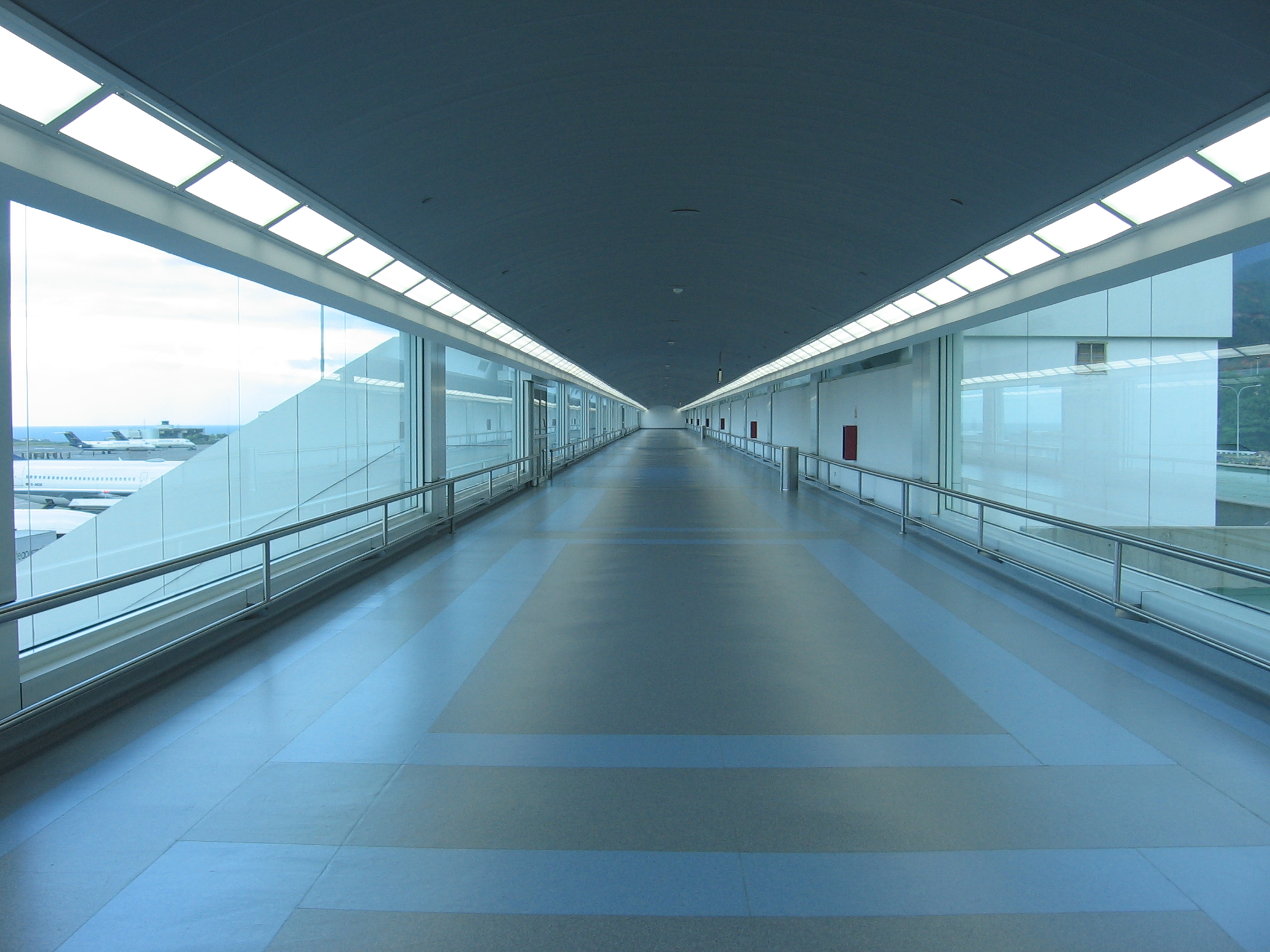
Rational thought was deserting me at the speed of light.
Everything was surreal. The sound around me seemed muffled, as if wrapped in cotton bunting. This was extreme anxiety, of a kind I’d never experienced, making it difficult to focus, process and retain any new information—which would later result in me making very poor decisions.
I continued to obsessively check my boarding pass and surroundings every few seconds over the course of the 30-minute wait. By that point, I was hyperventilating. My breathing was so rapid and deep my face was numb around the nose and mouth, triggering further alarm. But I foolishly soldiered on because I was too sick to recognize that I was too sick to travel.
Steamrolled by foreboding. Infected by panic. Dying a slow death.
I finally boarded the plane. You’d think I would have rested easy. I was in my seat with my seatbelt fastened, the plane had finally pushed back, and it was slowly easing toward the runway. But I started to think I was on the wrong plane. I couldn’t shake this notion no matter how hard I tried.
Uninvited thoughts gatecrashed my mind. I firmly believed that the airline employee at the gate check-in didn’t look at my boarding pass closely enough and that was how I embarked on the wrong flight; she glanced at it so quickly. I clung to this illogical conclusion despite my prior obsessiveness; and the pre-flight announcements—which had inexplicably landed on deaf ears. I had become irrational with fear during the frantic time I’d spent navigating the airport, and then negotiating the stress-inducing maze one must go through at security, herded like cattle.
The logic-destroying powers of GAD gripped me. I was catastrophizing and fearing the worst possible outcomes.
There was an elderly man on the plane, in a wrinkled brown suit sitting by the window one seat over from me, who looked to be in his late nineties. He didn’t strike me as a seasoned flyer, since he was listening intently to the flight attendant’s pre-flight instructions at the front of the fuselage, when no one else seemed even remotely interested, but I approached him, nevertheless. I didn’t want to ask the well-dressed woman from across the aisle or a flight attendant, for fear I’d look weird and possibly quite stupid, so I asked the old man if we were going to Montreal.
Crazy but true.
I knew it was absurd to ask, but I asked it anyway. If I had to look like a total idiot, I felt comfortable looking like one in front of him. I needed reassurance and hoped hearing I was on the correct flight, from one final source, would alleviate my fears once and for all.
Only I would ask if the plane were going to Montreal, as the plane was already easing toward the runway. Most people would ask before they got on the plane if they had any misgivings, and not once it was about to take off.
“Are we going to Montreal?”
“No”.
Whaaat?
Did I hear right? Where was the Ativan? We hadn’t even taken off yet. I was going to have to swallow the entire contents of the pill bottle if this plane wasn’t going to Montreal. The flight attendants were going to have to restrain me.
The logic-destroying powers of GAD gripped me. I was catastrophizing and fearing the worst possible outcomes. What if this meant the plane was going to crash? What if my will wasn’t up to date?
What if . . .what if . . . what if . . .
My mind had already taken off in flight and the plane hadn’t even left the ground.
“We’re not going to Montreal?”
“No.”
Whaaat?
I did hear right. There was nothing wrong with my hearing. There was just something wrong with my mind.
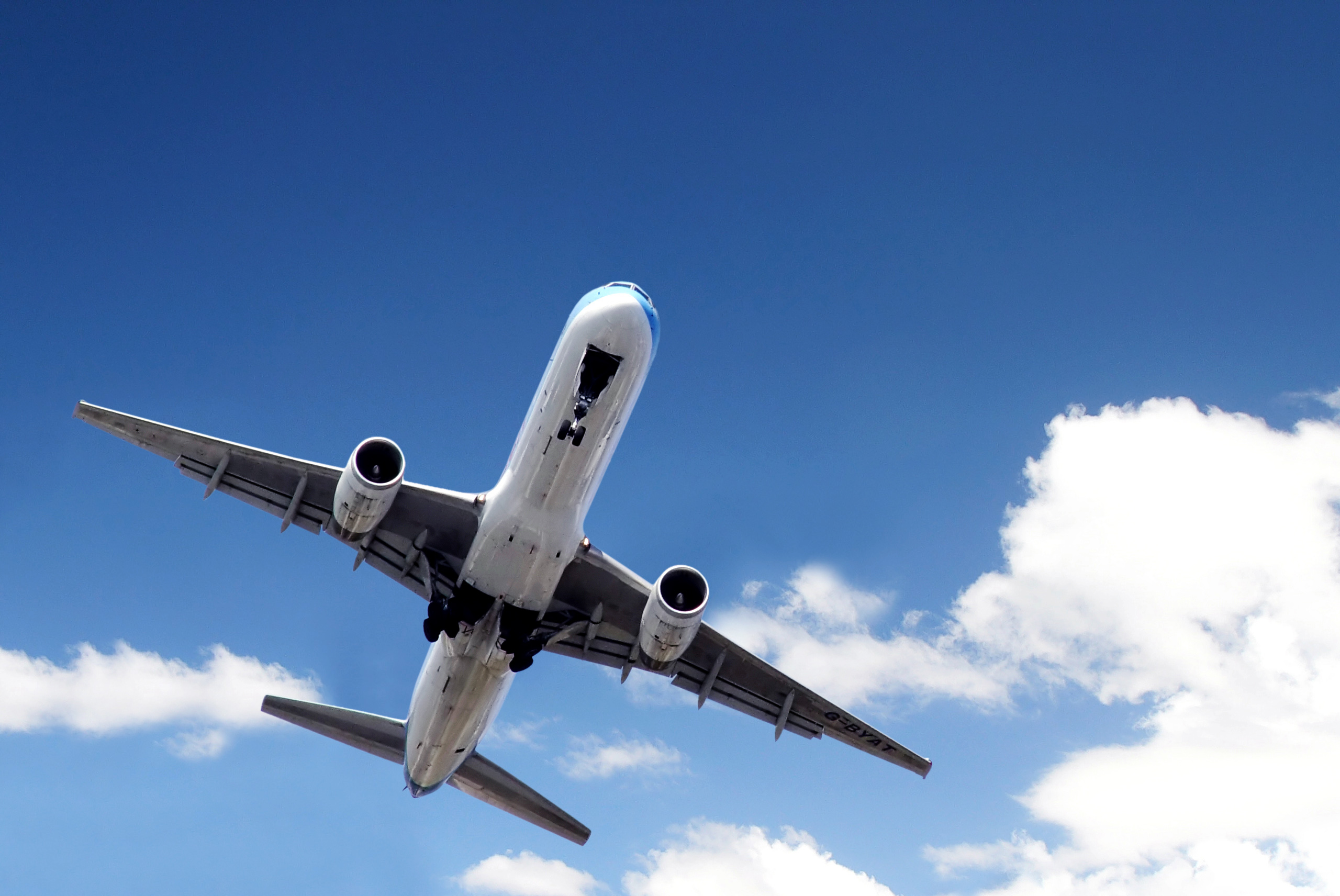
I tried peering out the window. We had picked up speed and were headed to a destination other than Montreal. That old panicky feeling of wanting to run down the aisle, open the door and jump out returned. At that moment, the plane lifted to a 45-degree angle. A split second later it started to creak. And then it took off!
Meanwhile I had become unhinged.
I had trouble breathing as if all the oxygen had been sucked out of the packed cabin with no escape from nosy passengers unless I wanted to take refuge in one of the cramped bathrooms. I tried to be discreet, but it was impossible to squash the panic bubbling to the surface. It was quite possible that no one had ever seen anyone so anxious like this on a plane before, and we had been in the air less than thirty seconds.
I’ve had to develop a crocodile skin and practice self-compassion, over the years, or the shame and disgrace would have long since buried me under asphalt.
The refined, elderly, female passenger on the other side of the aisle, with the kind, timeworn face, could see I was distressed. She reached across the aisle to touch my forearm and smiled reassuringly, “We are going to Montreal.”
In a plane with hundreds of souls there was only one person making a complete fool of themselves and that person was me. I’ve had to develop a crocodile skin and practice self-compassion, over the years, or the shame and disgrace would have long since buried me under asphalt.
As it turned out, the old man was hard of hearing, and a bit confused, and was flying on to Halifax on the east coast of Canada. He wasn’t going to Montreal.
I got a few stiff drinks on the plane and skipped the Ativan.
At that time in my life, I was disconnected from a readiness to feel my feelings head-on.
Do psychiatrists really know what our lives are like daily? I’ve often wondered. Maybe it has been my fault for failing to express the magnitude of my far-reaching terror, fearing everything—including fear itself. At its worst, I’ve been frantic when separated from my partner in a grocery store for one minute.
Unfortunately, at that time in my life, I was disconnected from a readiness to feel my feelings head-on. In fact, I had been doing the exact opposite: always reacting instead of being proactive, helpless as opposed to having tools, snowed under by life instead of digging my way out. I must say I’d grown weary of my erratic behaviours and defencelessness in the face of bipolar disorder; forever finding myself in the crosshairs of this mighty foe; always having to explain the unexplainable; and full of regret for not appreciating happiness enough before sickness dominated my life.
I used to feel the primary focus of many psychiatrists was to keep me out of hospital with quality of life not being high on their radar. They slapped on a fresh coat of paint and patched me up and sent me on my way when I was still incredibly fragile and vulnerable–and oftentimes still sick—after very long hospital stays, not fully appreciating the depth and nature of my suffering or how I would fare between appointments; only interested in the medications. I was left alone in my condo, in my own foreign world, with psychotropic drugs as my only companions: ones that were often disappointing for failing to produce the desired results.
I wish I could report that I became forever stable after the flying fiasco, but that wasn’t the case. It took another 12 years of solid work—reflecting; educating myself; developing a network of friends with bipolar disorder; having the confidence and courage to challenge psychiatrists, if I felt it was warranted; and, finally, turning myself inside out during therapy—before I would consider myself stable, or at least pretty damn close.
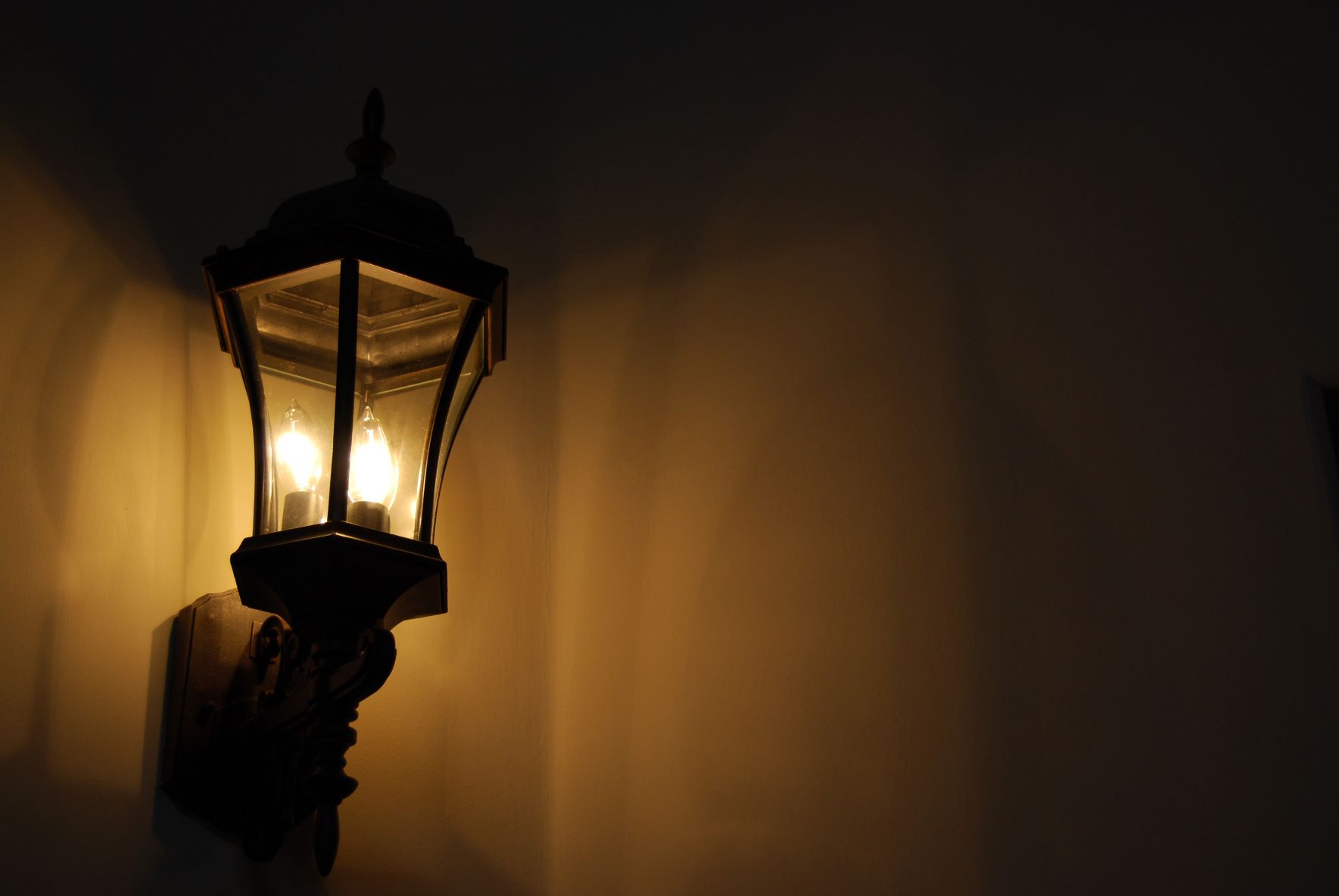
False starts and detours, setbacks and hurdles, small moves and courageous ones—and surprises like monsters underneath the bed—all make up the convoluted path to wellness and autonomy: a life filled with hope and freedom, and a worthy quest.
As Emily Dickinson—who is now thought by scholars to have had bipolar disorder—once wrote, “I’m out with the lanterns, looking for myself.”
More Blog Posts by Louise
Louise’s first blog post is an authentic, heartfelt reflection on what it means to learn to live well with bipolar disorder.
Louise’s next post is a story of reunification with her kids after challenges from bipolar disorder.
Recalling a Christmas from the past, Louise describes finding hope in the last place she would have expected.
Louise shares her story of being an inpatient during a depressive episode. She describes her relationship with her psychiatrist, and how he helped bring her back from the brink.
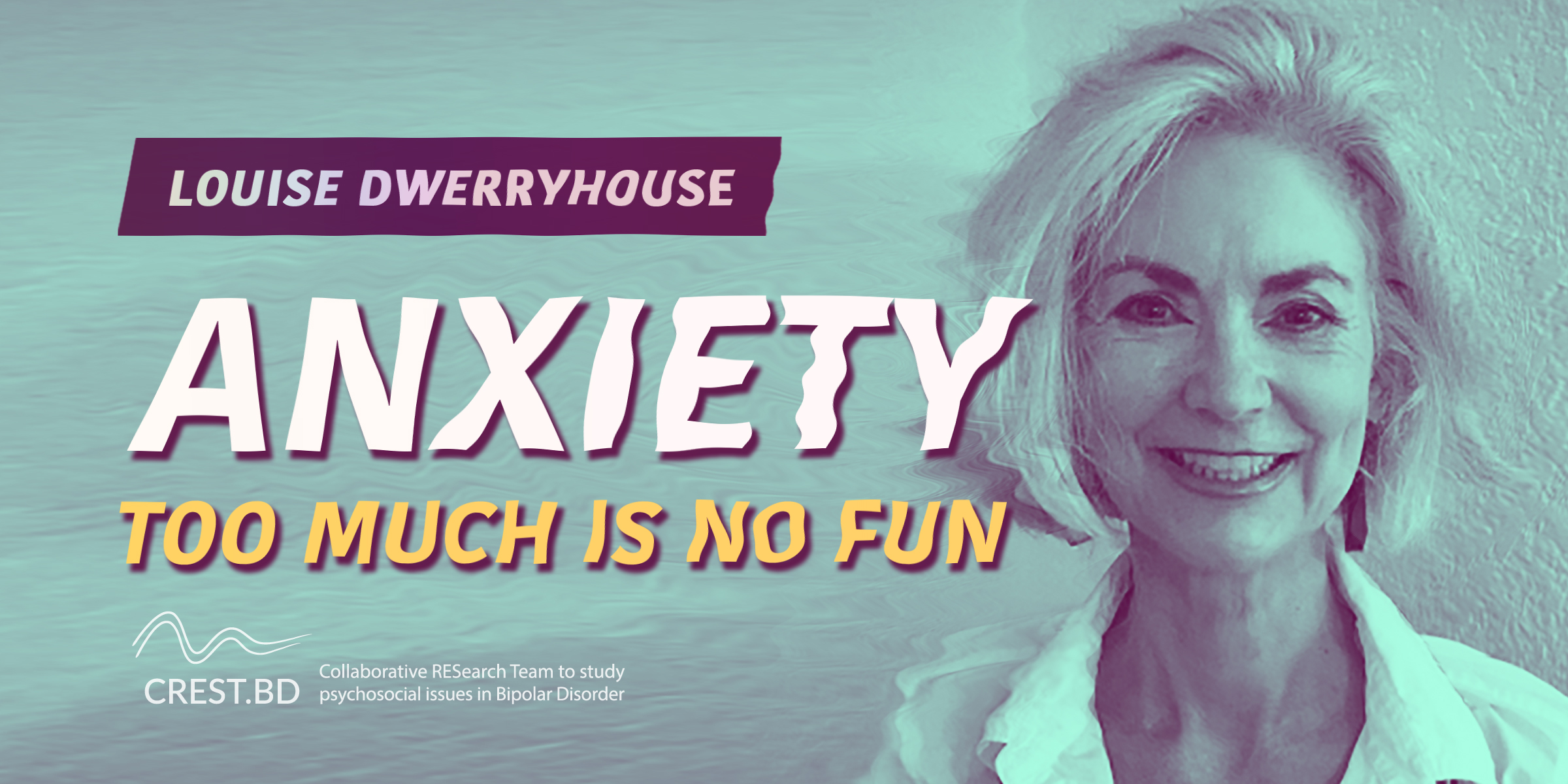
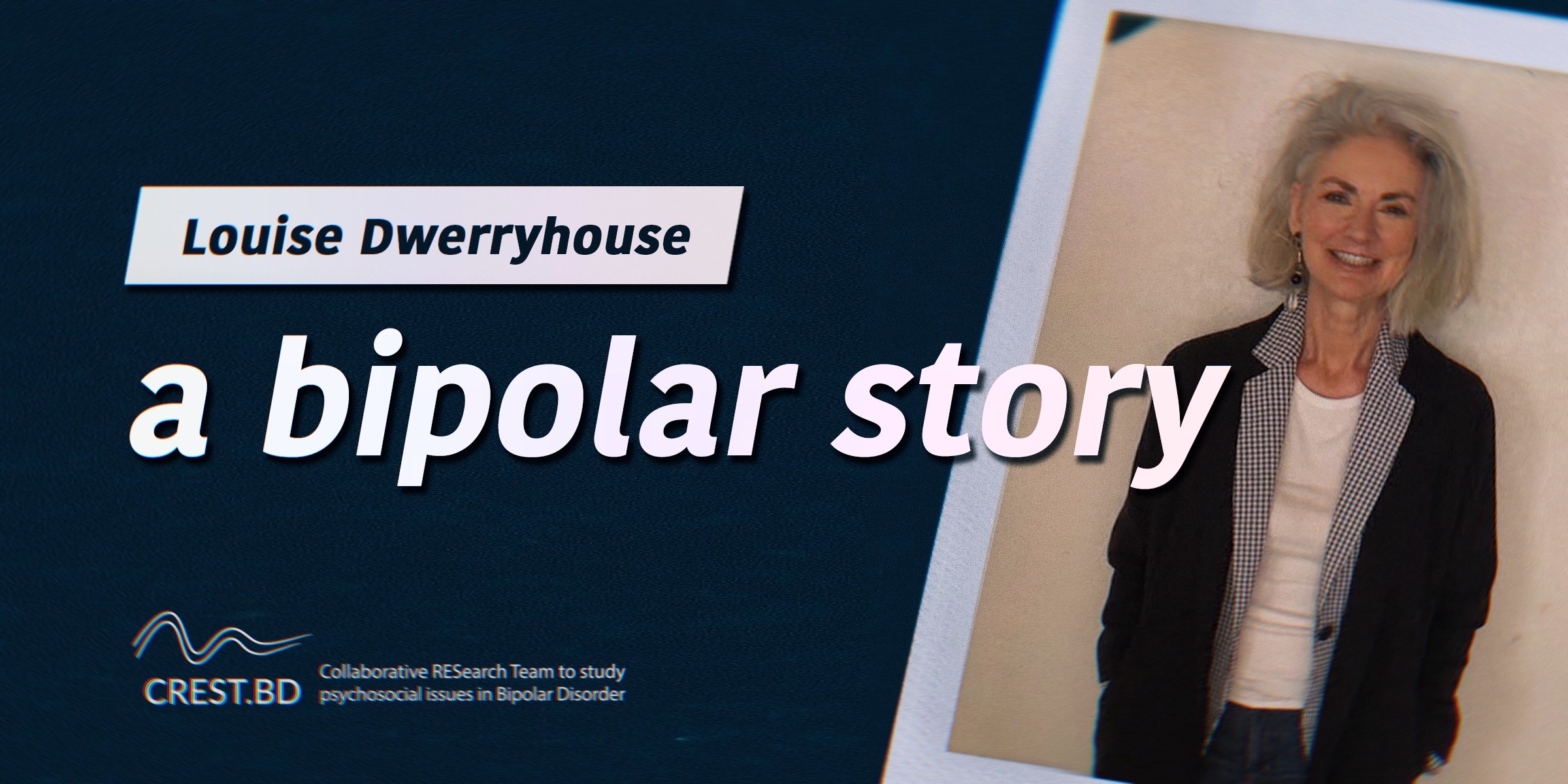
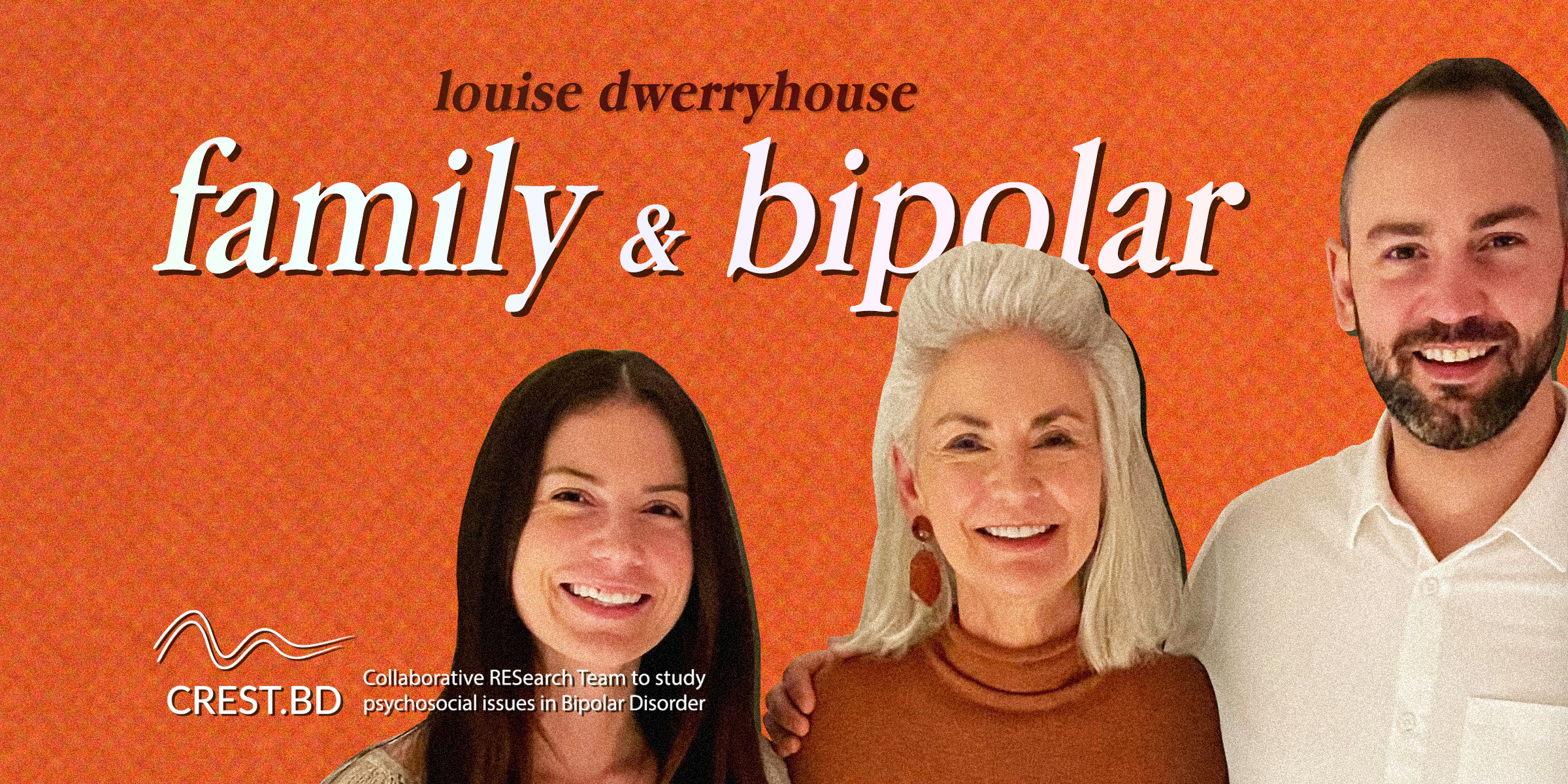
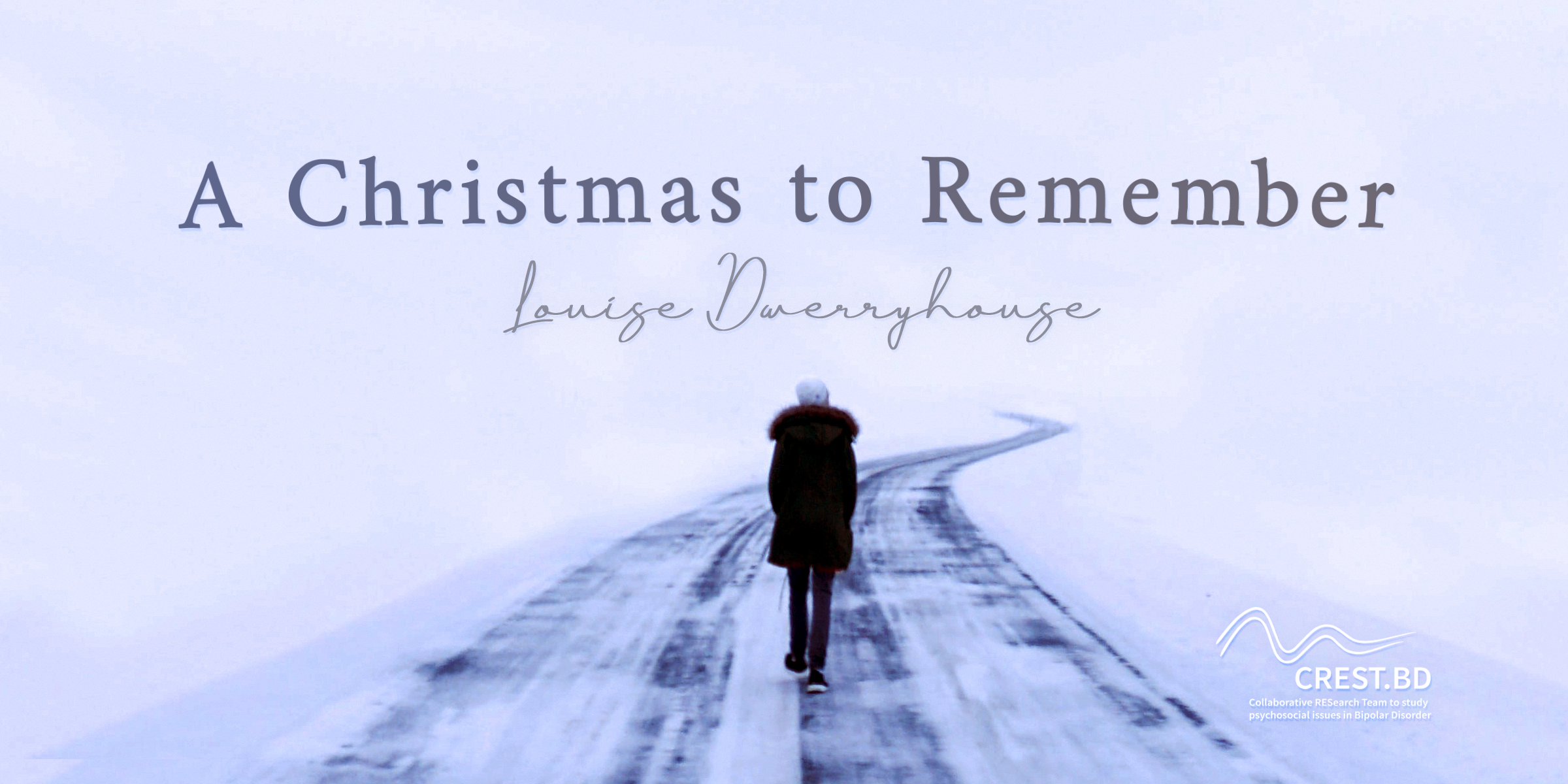
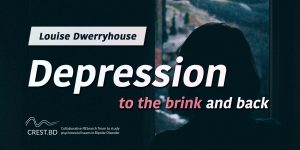



In this article on anxiety, I so relate to the author’s experience. It is so descriptive of the thoughts and feelings during an anxious episode It is so easy to magnify the least insignificant thing and to jump to wrong conclusions, unable to stop the spinning thoughts.
I enjoy the articles written by Louise. The reader is instantly drawn into the drama of the situation and identifies with the writer.